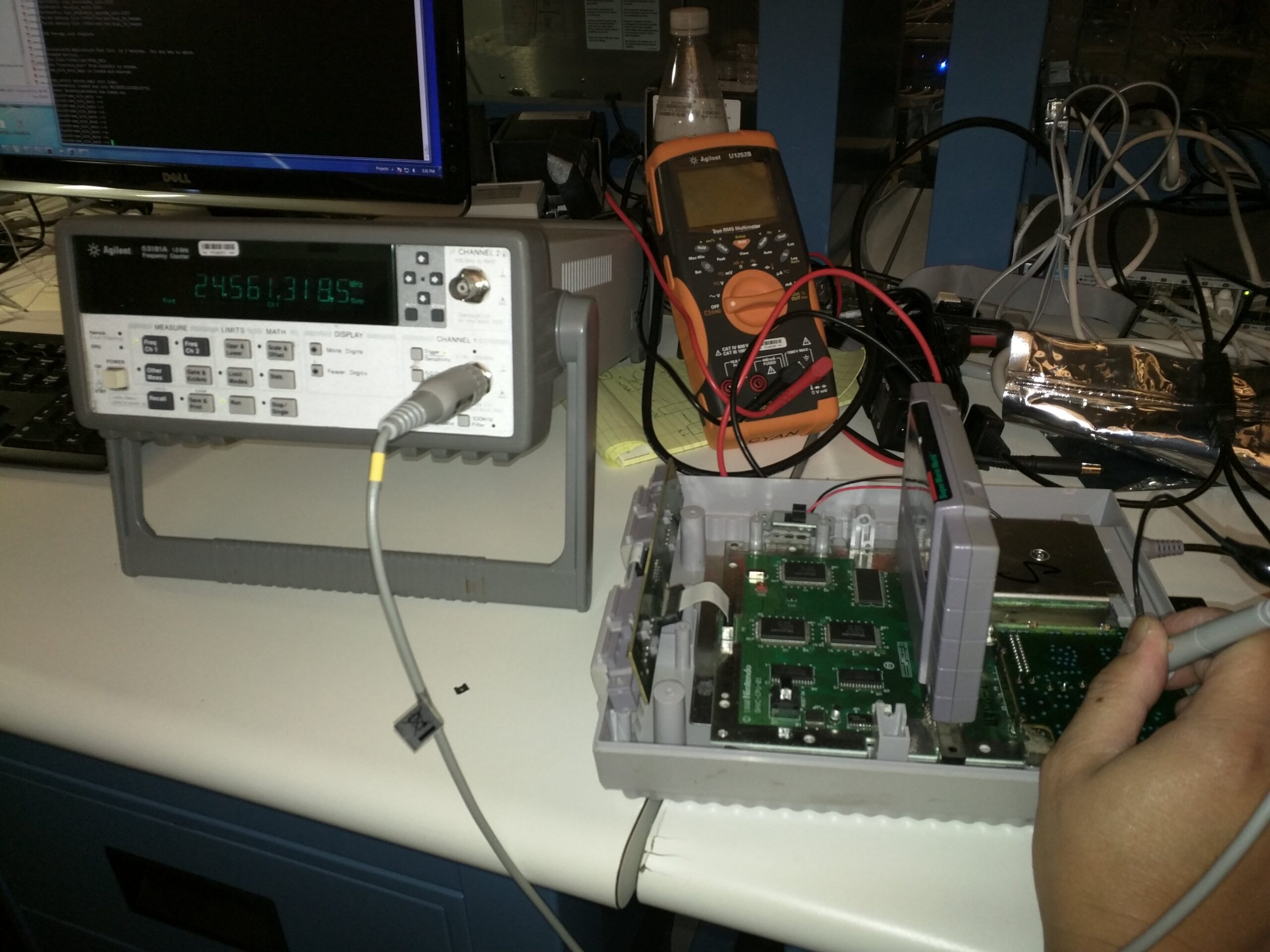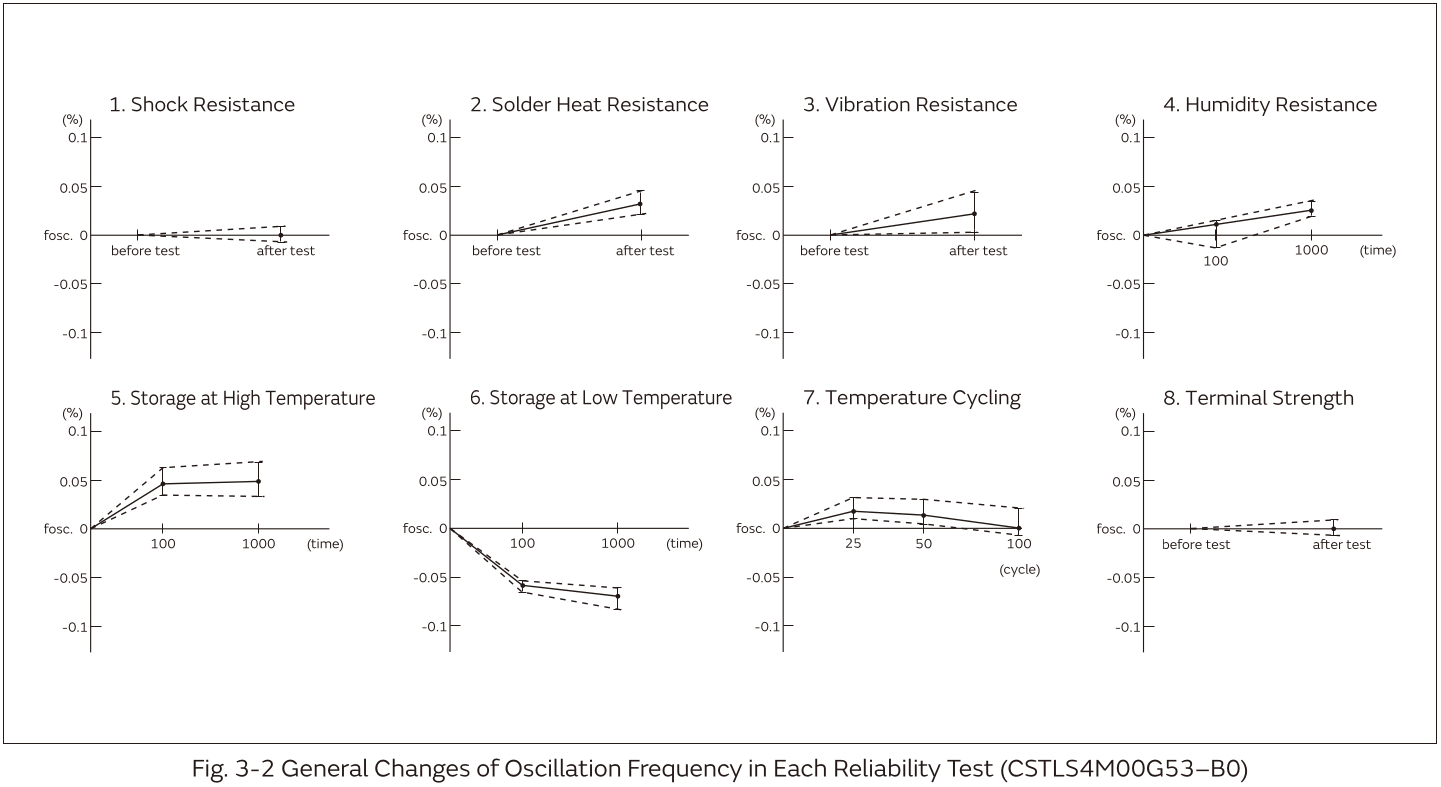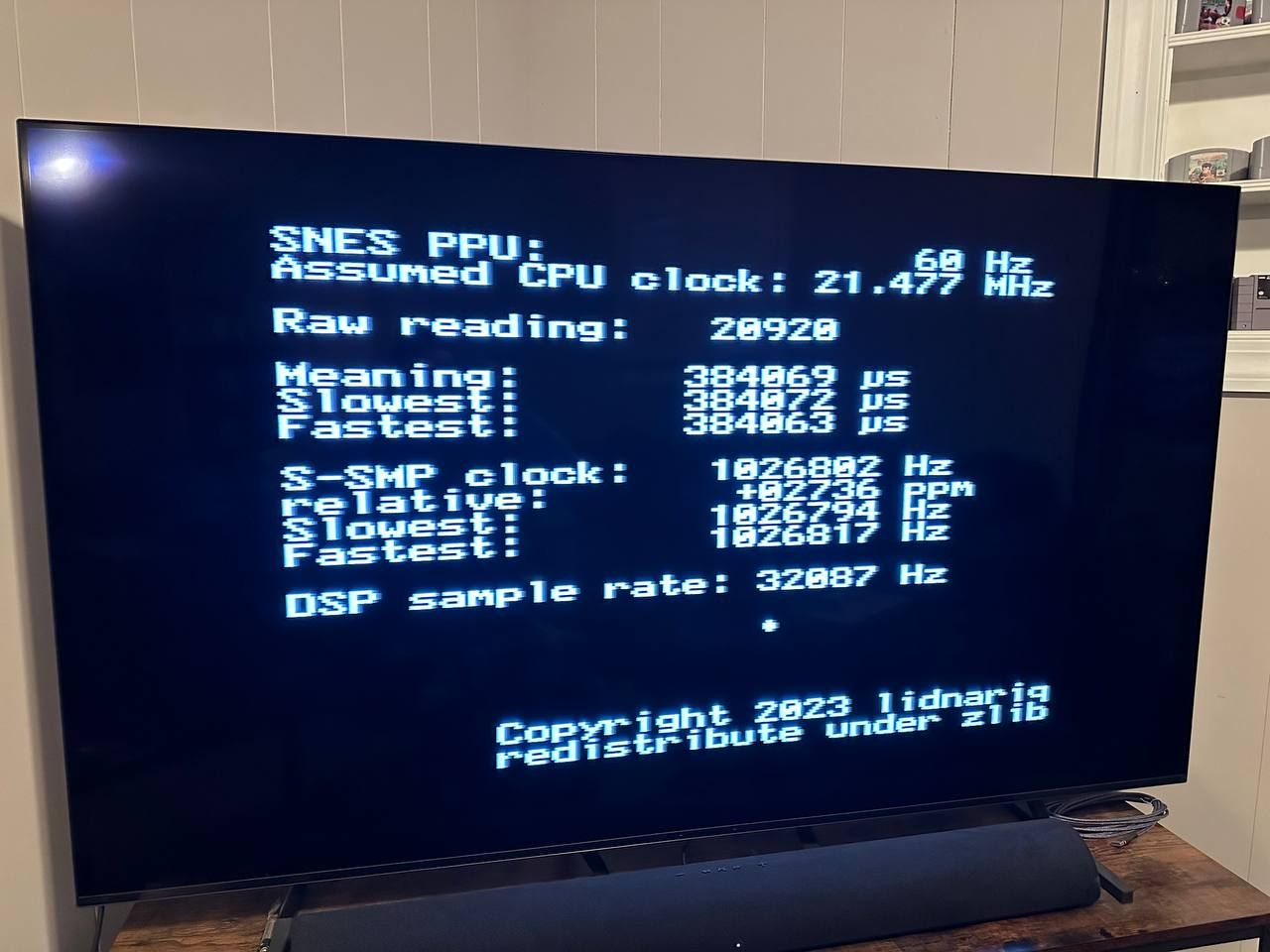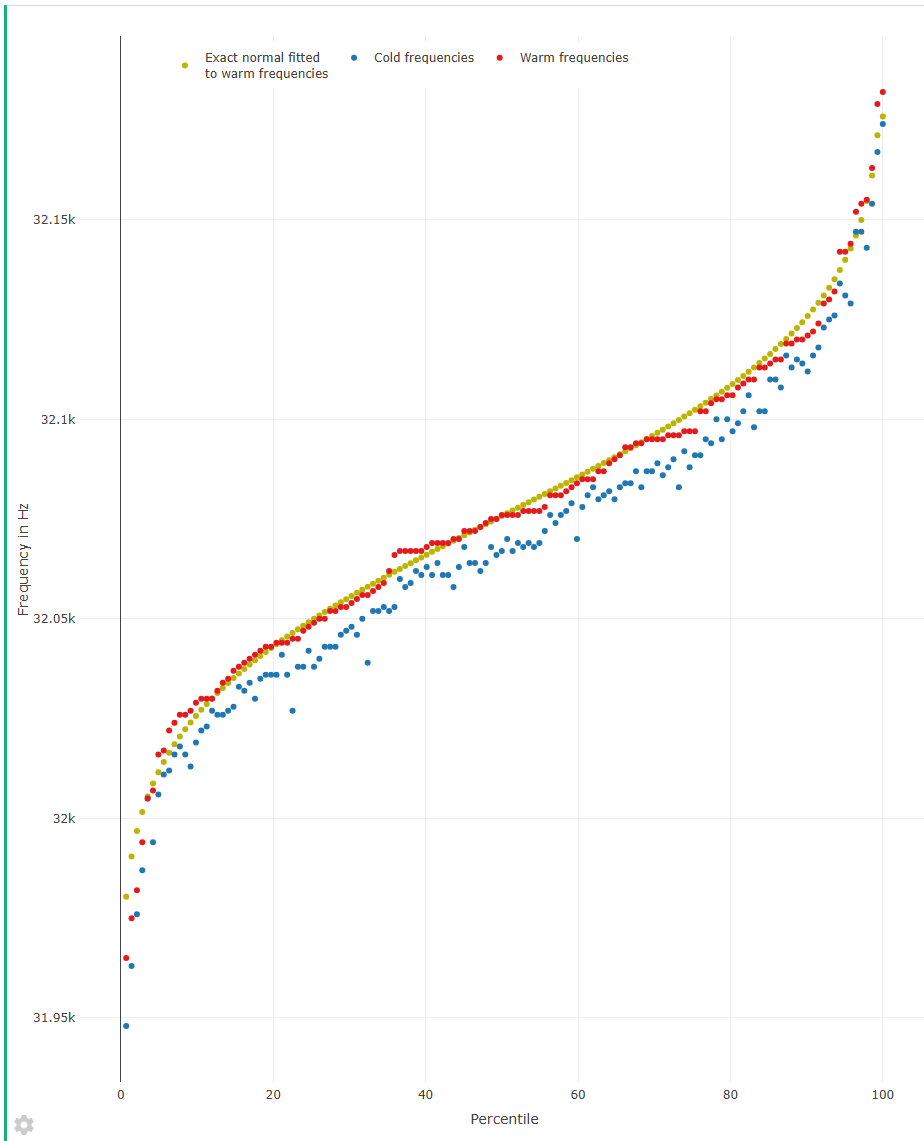Ideally, you'd expect any Super NES console—if properly maintained—to operate identically to any other Super NES unit ever made (in the same region, at least). Given the same base ROM file and the same set of precisely timed inputs, all those consoles should hopefully give the same gameplay output across individual hardware and across time.
The TASBot community relies on this kind of solid-state predictability when creating tool-assisted speedruns that can be executed with robotic precision on actual console hardware. But on the SNES in particular, the team has largely struggled to get emulated speedruns to sync up with demonstrated results on real consoles.
After significant research and testing on dozens of actual SNES units, the TASBot team now thinks that a cheap ceramic resonator used in the system's Audio Processing Unit (APU) is to blame for much of this inconsistency. While Nintendo's own documentation says the APU should run at a consistent rate of 24.576 Mhz (and the associated Digital Signal Processor sample rate at a flat 32,000 Hz), in practice, that rate can vary just a bit based on heat, system age, and minor physical variations that develop in different console units over time.
Casual players would only notice this problem in the form of an almost imperceptibly higher pitch for in-game music and sounds. But for TASBot, Allan "dwangoAC" Cecil says this unreliable clock has become a "constant, pervasive, unavoidable" problem for getting frame-accurate consistency in hardware-verified speedruns.
Not to spec

Cecil says he first began to suspect the APU's role in TASBot's SNES problems back in 2016 when he broke open his own console to test it with an external frequency counter. He found that his APU clock had "degraded substantially enough to cause problems with repeatability," causing the console to throw out unpredictable "lag frames" if and when the CPU and APU load cycles failed to line up in the expected manner. Those lag frames, in turn, are enough to "desynchronize" TASBot's input on actual hardware from the results you'd see on a more controlled emulator.








The rest of it is interesting, though, and reminds me of having to modify a video generator where the video was overlaid on an NTSC output and had to line up precisely. The video generator sync had to be connected to the NTSC line start, and a PLL had to be used to provide the video clock from the NTSC clock, which was nowhere near as precise as the original video crystal, and varied with temperature.
You're absolutely right that the behavior I care about for the TASBot content I'd like to show at charity events is extremely niche, but it's absolutely fascinating that this slight increase in speed over baseline had a generally positive impact on real released games. Before we did the survey I expected temperature to be more of an impact than it turned out to be and I also expected the distribution to be centered around 32,000 Hz as the midpoint average so the results were surprising in a number of ways.